Craftsman homes are a great example of a historic trend that has endured the test of time. You’ve likely seen many examples of craftsman houses without even realizing what category of architecture they belong to, as they have become quite ubiquitous. These homes have some common traits that set them apart from the cookie-cutter Victorian houses that dot the landscape of suburbia. Indeed, Craftsman homes were born at the turn of the 20th century as a direct rejection of the mass-produced nature of the Victorian style.
The Craftsman house was supposed to reintroduce individuality, honesty, and authenticity to the American home in the wake of the industrial revolution. Its proponents believed that industrialization had reduced the value of handmade human labor. So, the supporters of the Craftsman style sought to restore the value of a laborer’s hard day’s work by emphasizing handcrafted high-quality goods in their design style.
Even though this is now a trend that is well over a century old, Craftsman homes remain highly desirable, and modern craftsman homes are regularly constructed to this day. The Craftsman style isn’t just limited to homes though, and also spans to interior design, landscaping, and the arts.
Roots of Craftsman Style
It may surprise you to know that America’s Craftsman movement was inspired by events overseas.
The British Arts and Crafts Movement
Britain was the first country to industrialize, and it was, therefore, the first place where the major cultural shifts of industrialization were experienced. British artisans and builders eventually came to reject the excessive opulence of industrial design and ornamentation and called for a return to nature and simplicity. This rejection of industrial revolution design trends eventually spawned the British Arts and Crafts movement, which worked to reintroduce handcrafted and personalized interior design, art, and textiles. In its essence, the Arts and Crafts movement was about putting quality over quantity. Later on, this movement became a direct inspiration for the American Craftsman style.
Nationwide Popularity
Craftsmen design originally took hold in California and the Midwest with the construction of small and mid-sized homes intended to house working-class families. These were meant to provide modest, simple, and high-quality housing for working-class families that was easy to maintain.
But the Craftsman style’s rise to nationwide popularity came later in the 20th century in large part thanks to the work of Gustav Stickley. Stickley was a furniture designer and the founder of The Craftsman, a monthly magazine which he used to promote and popularize the style.
How to Recognize Craftsman Style
There are some tell-tale signs that tell you that you are looking at a Craftsman house. Each Craftsman house may have a slightly different take on these general rules, but most examples of this style will follow them.
Prominent Exterior Features
Craftsman houses are distinguished by their low-pitched roofs with protruding single or double gables. This also means that they have overhanging eaves, which allow for the average Craftsman house to have bigger, wider porches than most homes. The typical Craftsman home will also have exposed tapered columns as part of its porch setup. A distinctive design feature of Craftsman houses is that details such as exposed beams, rafters, and brackets are handcrafted, and are free of ornamentation. These are typically left exposed to complete the Craftsman house’s rustic aesthetic.

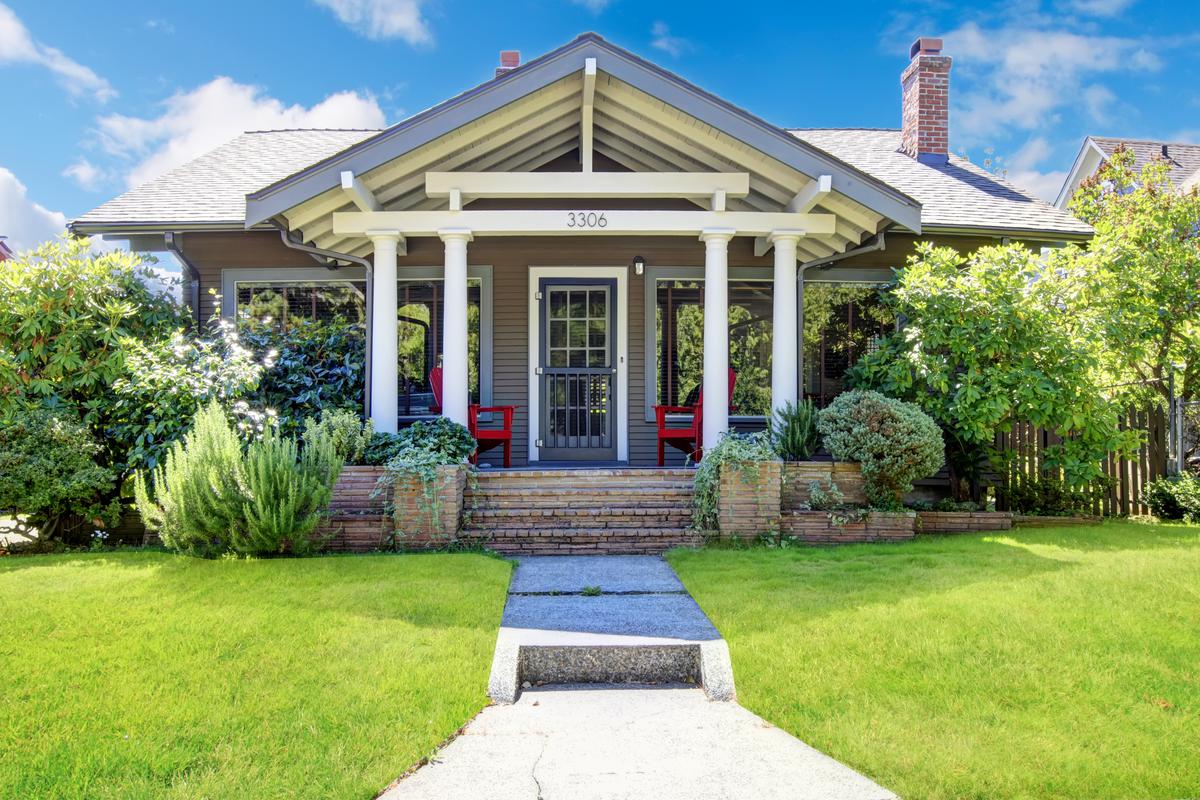
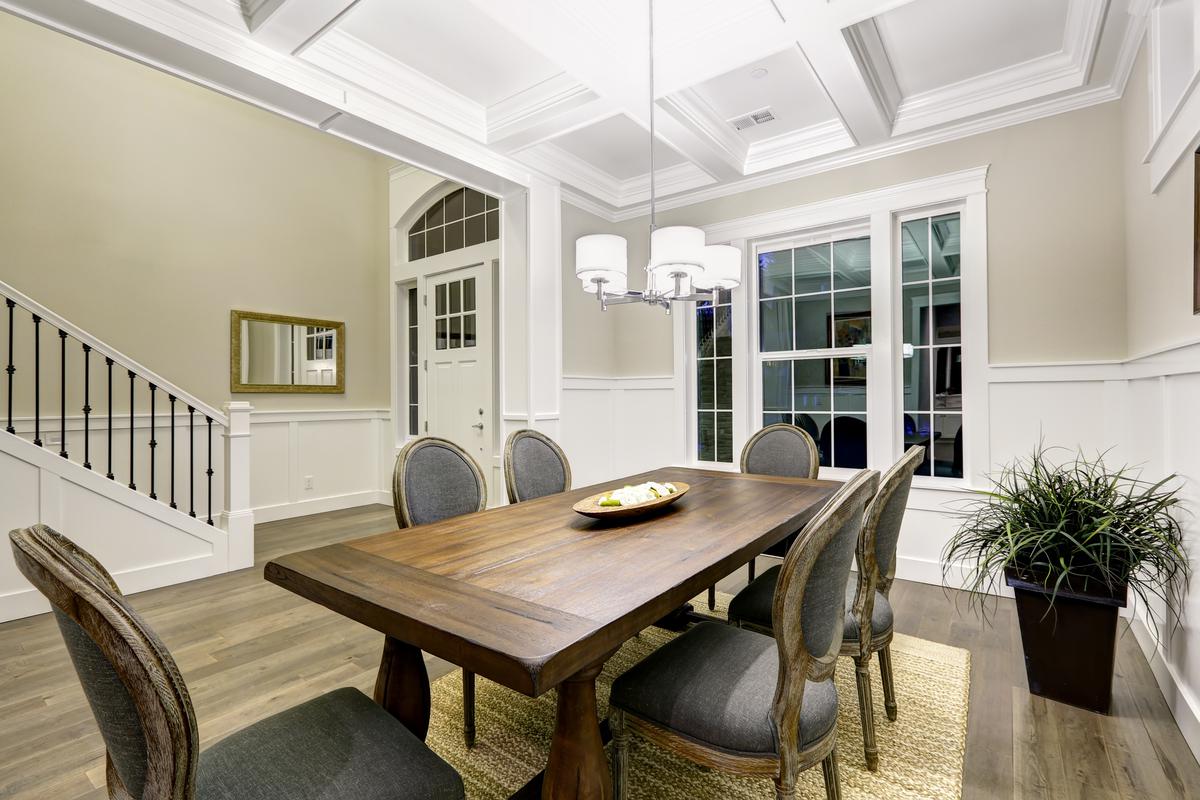
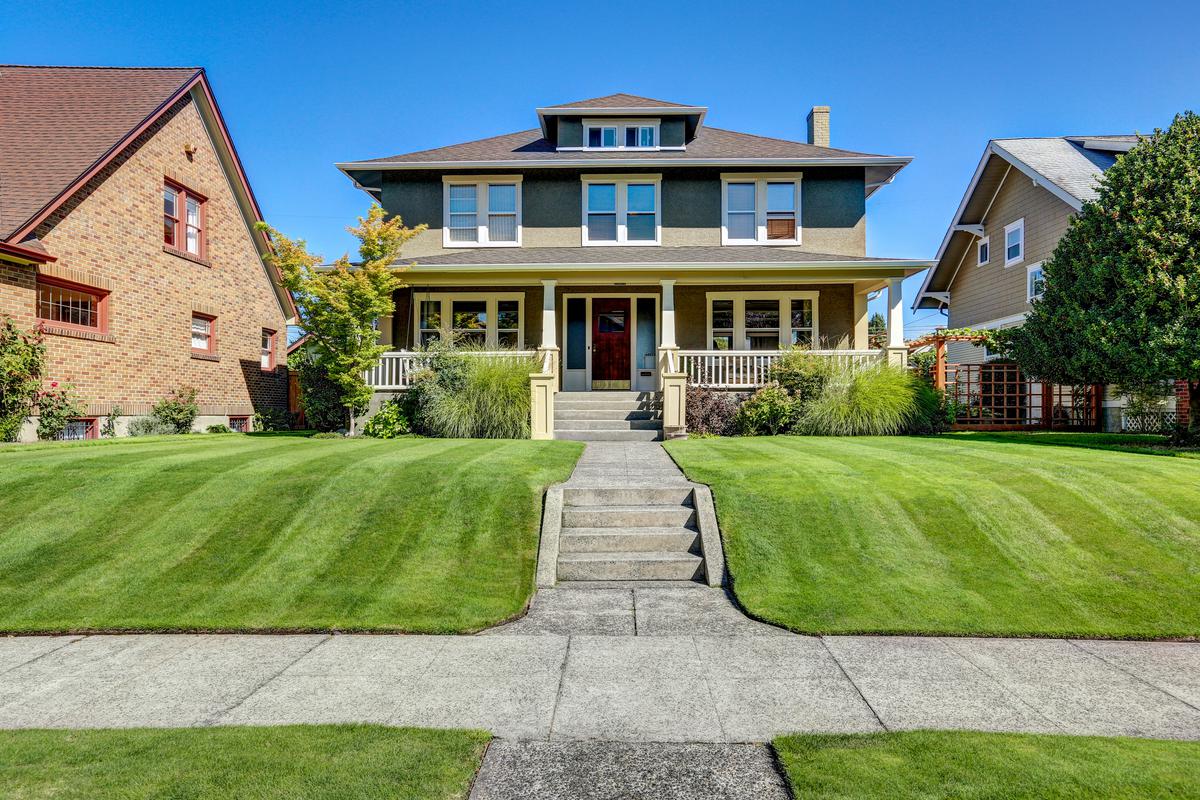
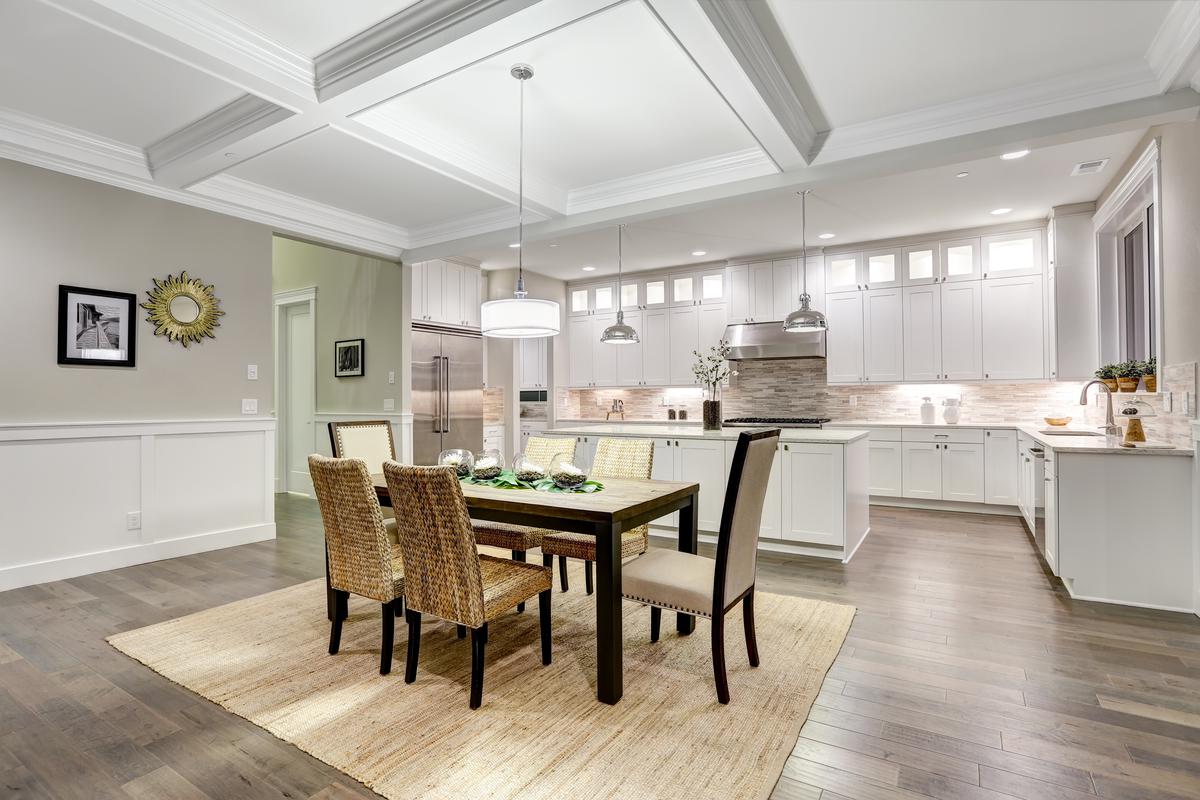

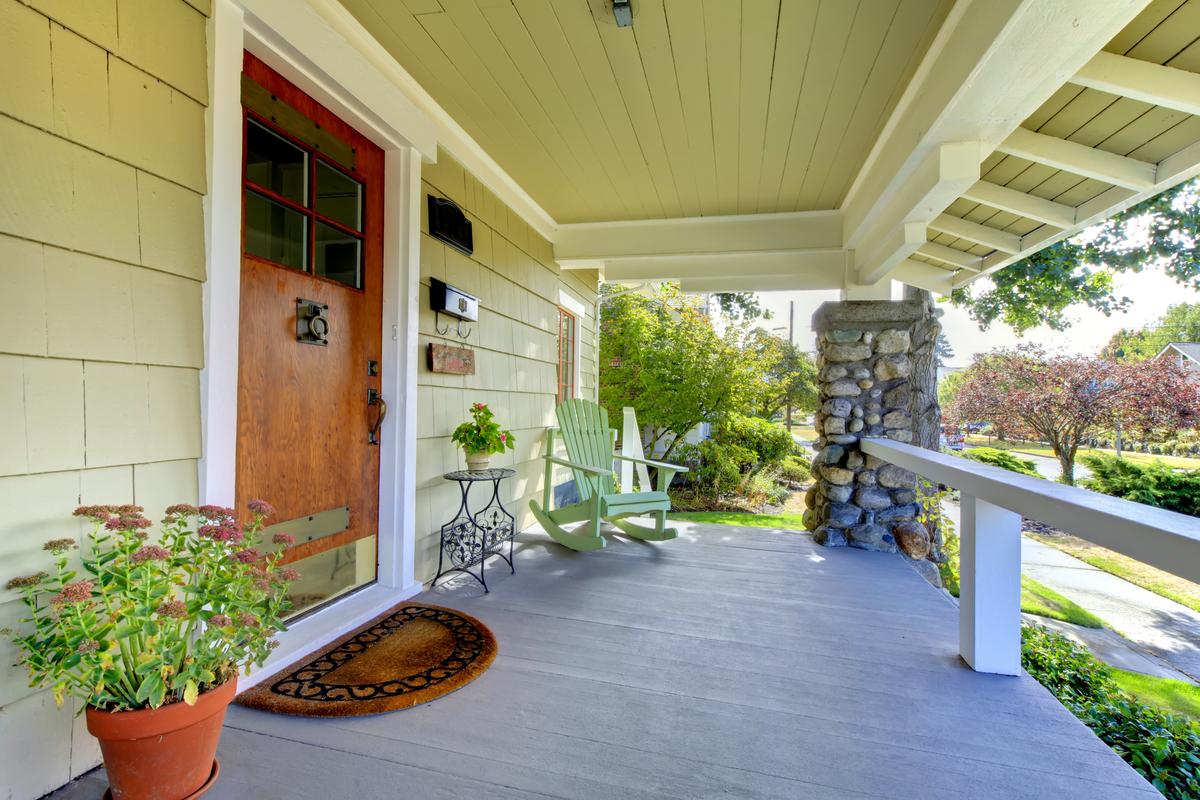




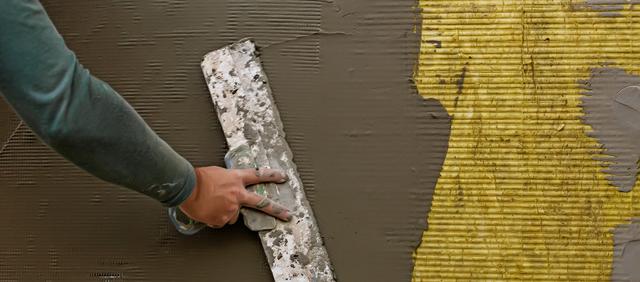
comments